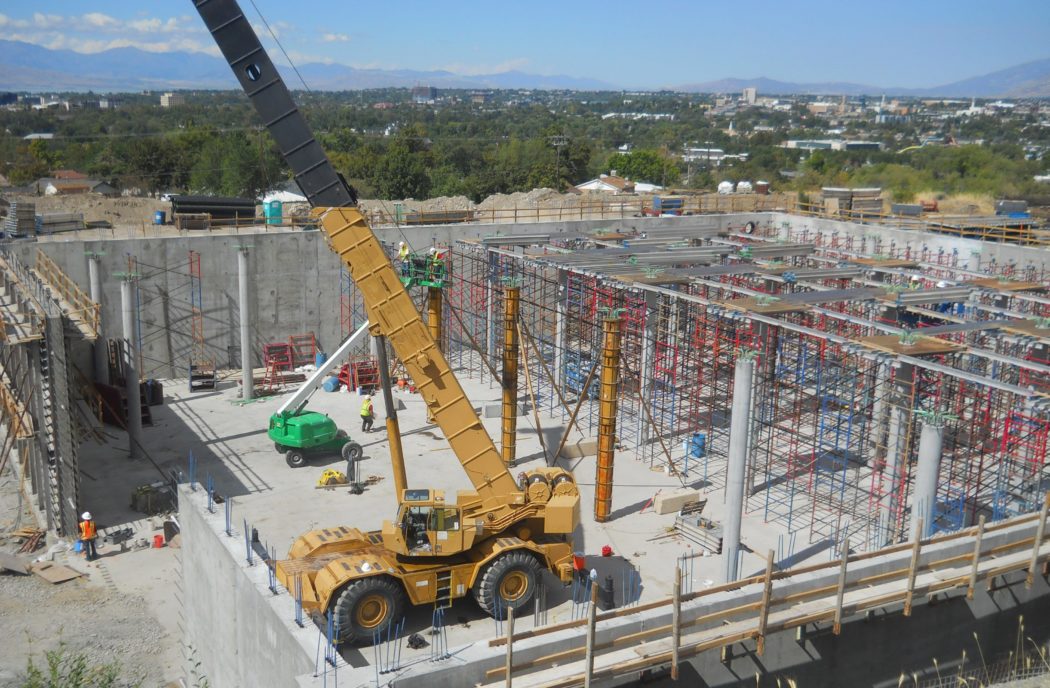Drinking Water Infrastructure
Provo City Water Resources
Provo, Utah

Introduction
Provo City, Utah, had completed a master plan of its drinking water system in 2013. It was based on a static water model and provided recommendations for additional storage and pipeline transmission. In 2014 HAL assisted the City with a more detailed analysis to refine the proposed storage and piping projects. The improvements will allow Provo to implement a new pressure zone and provide better water service. Following the analysis, HAL assisted the City with engineering services for the design, bidding, and construction of two new storage tanks and transmission pipelines.
Scope
Provo City retained HAL to provide a detailed analysis of its water system using an extended-period simulation (EPS). Following the analysis, the City selected HAL for the design as well as for services during bidding and construction of the new water infrastructure.
Challenge
Much of the City’s development is occurring on its west side. Currently, pressures there are excessive and fluctuate significantly. The west side is the most distant from the City’s existing water sources and storage facilities, so providing adequate service there is particularly difficult.
Solution/Result
HAL efficiently transformed the static water model into an extended-period simulation, which provides much more insight as it simulates hydraulic behavior over time. HAL then used the model to identify alternative locations for new tanks and transmission pipelines that would provide for more efficient operation of the water system. HAL evaluated the potential of creating another pressure zone to serve the City’s west side, with storage placed at a lower elevation better suited to pressure variations. Alternative tank locations were identified and evaluated, and two new tank sites were selected as the optimal locations. The model helped determine the required storage volumes at each location and the required new transmission capacity to convey water to and from the new tanks.
In addition to providing designs for new 24-inch-diameter (5,368 linear feet) and 30-inch-diameter (6,520 linear feet) pipelines, HAL provided conventionally reinforced and post-tensioned designs for the new 4 MG and 6 MG tanks. Bidders were allowed to bid on either or both designs. For both tanks, the post-tensioned tendon-type design was the most economical. For the 6 MG tank, which is principally above grade, a form liner inset is being used during construction to create an aesthetically pleasing look. Completion is scheduled in 2017.